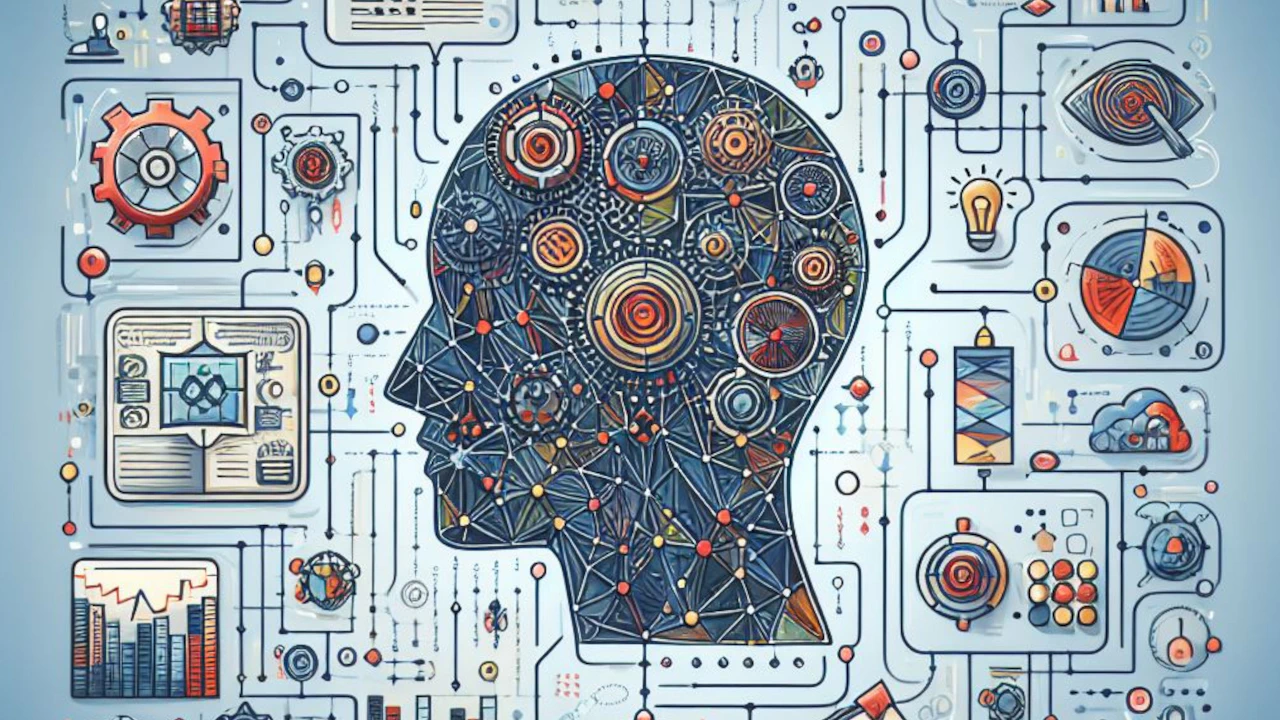Explore the intricate dynamics of Multimodal Models in AI. Unlike traditional models that focus on a single modality, multimodal models analyze and process data from multiple sources, creating a unified representation of the information. This fusion of modalities allows machines to understand the world in a way that is more nuanced and comprehensive, similar to the way humans do.
